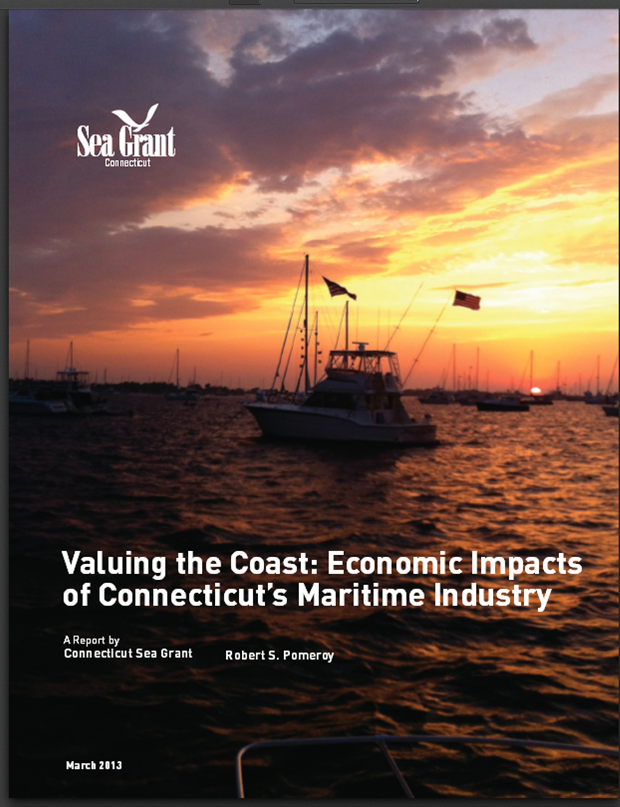New Partnership to Encourage Focus on Workforce Skills Gap
/
A new partnership has been formed to enhance communication between members of the public and community leaders on important issues in the Capitol region, and public events to facilitate the conversation are already on the calendar for this month.
Working in collaboration, CT News Project (parent of CT Mirror), WNPR, and the Hartford Public Library, with the support of the Hartford Foundation for Public Giving, have launched the Community Information Hub for the Capital Region to increase opportunities for people to have their voices heard on issues affecting them and their communities.
The Community Information Hub will offer web-based and community-based forums and dialogues where concerned citizens can report and discuss issues they care about and work together towards solutions. The online resource will provide residents with a broader platform to share their perspectives and ideas for community action.
The Community Hub also will present and connect to data and other information on issues and sponsor public events. In its first public event, the Community Information Hub will host a forum on the workforce skills gap in Connecticut on Tuesday, May 7, from 5:30 p.m. to 7:30 p.m. at Hartford Public Library.
The Hub will also offer people the opportunity to participate in a community conversation on the workforce skills gap and training programs on Saturday, May 18, from 10 a.m. to 12:30 p.m. at Hartford Public Library.
The Community Information Hub builds on the ongoing partnership between The CT News Project’s online news site, CT Mirror, and WNPR to collaborate on web and radio stories, cross m arketing, and to share reporters and other resources. Both operations are located in the same facility at 1049 Asylum Avenue in Hartford. The project also integrates and expands on the Hartford Public Library’s experience in providing facilitated community dialogues through its Hartford Listens series.
arketing, and to share reporters and other resources. Both operations are located in the same facility at 1049 Asylum Avenue in Hartford. The project also integrates and expands on the Hartford Public Library’s experience in providing facilitated community dialogues through its Hartford Listens series.
Offered in collaboration with East Hartford-based Everyday Democracy, these events will inform residents of the issues, and the dialogues will help residents develop action agendas. Recent community dialogues focused on adult learning and the special needs of children of incarcerated parents.
The hub project is supported by two civic engagement staff:
- Heather Brandon serves as the director of civic media at CT News Project and WNPR, a new position responsible for efforts to promote civic engagement throughout Connecticut. Brandon will lead the partnership’s efforts to create a new civic media website, and will also develop and coordinate public issues forums and events. Brandon is a former freelance producer for Morning Edition, Where We Live, and The Colin McEnroe Show at WNPR.
- Tricia Barrett serves as the project’s community dialogue coordinator at Hartford Public Library and is responsible for the planning and implementation of all aspects of community conversations as well as related activities in the Community Information Hub project. Barrett is the former educational services manager at the Hartford Courant.
“The formation of the Community Information Hub in partnership with the Connecticut News Project, WNPR and Hartford Foundation for Public Giving leverages our assets in new ways and puts the library at the center of an important community movement. We are already at the heart of the community, and civic engagement is at the heart of where the public library is going in the 21s century.”said Matthew K. Poland, chief executive officer of Hartford Public Library.
The Community Information Hub is supported by a three- year, $374,362 grant from the Hartford Foundation for Public Giving.
“The Hartford Foundation supports the Community Information Hub partners’ goal of broadly engaging the community, reaching residents and organizations from throughout the region, including local schools, faith-based organizations and diverse nonprofit and community leaders,” said Linda J. Kelly, president of the Hartford Foundation.
To register for the workforce skills gap forum log onto: https://events.r20.constantcontact.com/register/eventReg?llr=eco8pgdab&oeidk=a07e7adwjkh9a034b6f&oseq=
To register for the community dialogue on the workforce skill gap log onto http://workforcedialogue.eventbrite.com/#











































